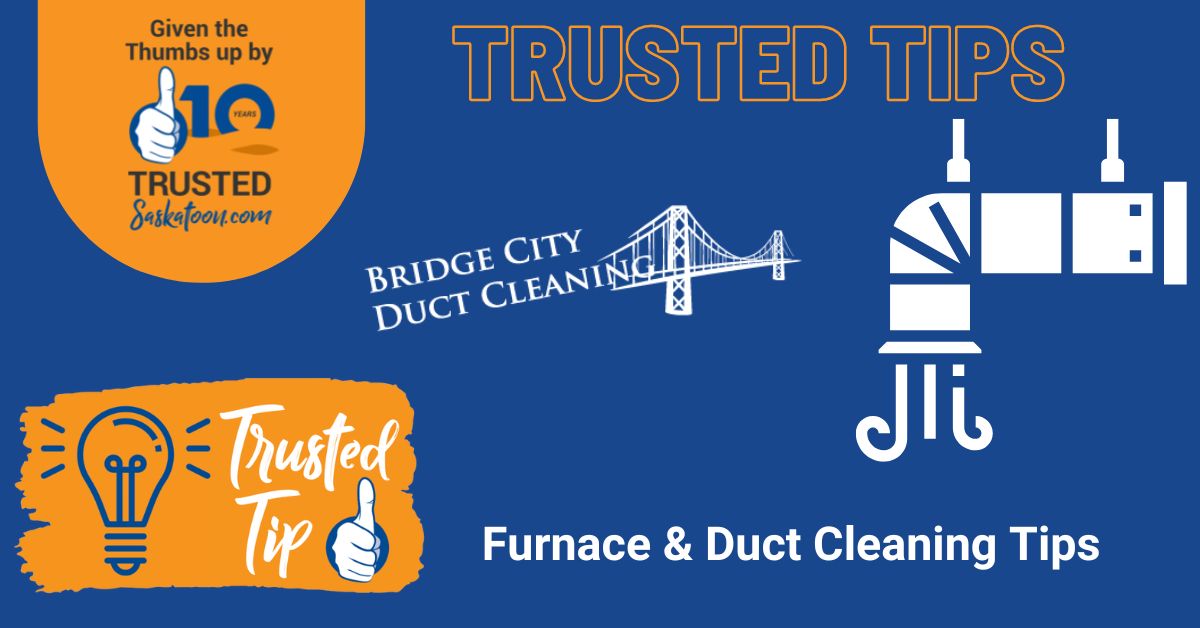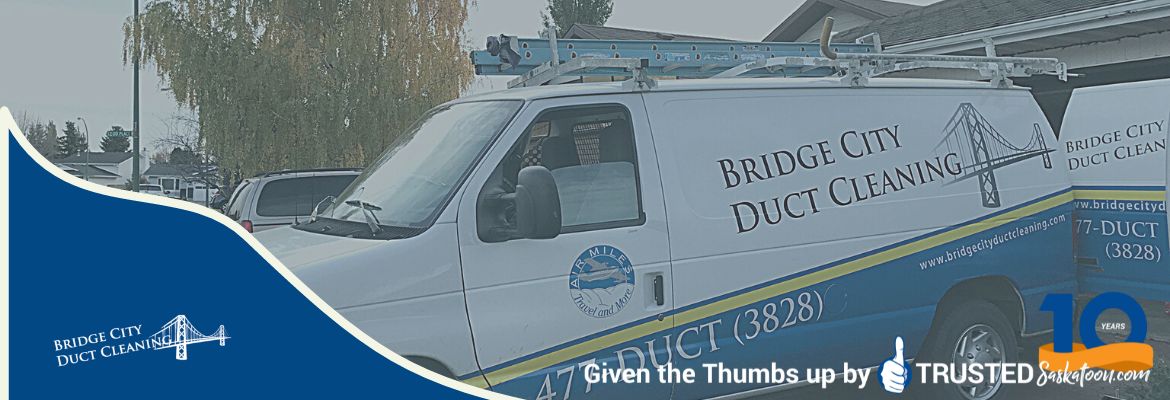Sunview Windows and Doors manufacture windows in their Saskatoon factory. They install new and replacement windows for homeowners and businesses in Saskatoon and across Saskatchewan. They also sell high quality doors and security shutters. Sunview Windows and Doors are Trusted Saskatoon Window, Door & Sunroom Experts. In their latest windows tip they share info on mitigating energy loss through your windows.

Energy Loss Through Windows Explained by Sunview Windows Team
Windows and doors in Saskatoon and area are often a major factor in energy loss in your home. Single-paned windows that have metal frames are not well insulated and do not keep the heat in or out very well. The edges of doors and windows account for a large amount of air leakage. Energy loss through windows is the largest and most variable loss in buildings and has major implications on energy consumption and peak heating and cooling loads.
Types of Windows
Windows only take up between 5-10% of a home's total surface area that is exposed to outside temperatures but accounts for as much as 53% of the heat lost in a home. Older homes are more susceptible to heat loss because of the structure of the windows. Your options to fix these heat losses are to either purchase new windows or to try some low-cost efforts to repair the window. The idea is to purchase the most energy-efficient windows possible given your budget and your specific needs. Double and Triple Paned Windows are designed with a trapped air space about half an inch thick, which functions as an insulator. It works by restricting the amount of air movement, slowing down the heat loss through windows. Low Emissivity Windows have a clear coating on the window to reduce heat loss or gain. This is an almost invisible coat of semi-conductor or metal oxide film that is applied directly to the glass or on a plastic film that is placed between the two window panes.
There are two different types of Low-E coatings, hard coats and soft coats. Soft coats are the most effective at reflecting heat and are better insulators of heat. The hard coat is incorporated directly into the surface of the glass and is less likely to be mechanically damaged, so in most cases, they are used in single-pane storm windows. Windows that are made with low-E films are usually approximately 15-25% more costly than regular double-glazed windows. They will also reduce energy loss by around 30-50%. The energy savings will pay for the higher cost of the windows in around 10 years. Argon Gas is a motionless gas that manufacturers use to fill the space between the panes of glass to reduce heat loss. Argon gas is often used because it is a better insulator than air and has a relatively low cost compared to the alternatives. Low-conductivity spacers separate two pieces of glass when making an insulated glass unit.
Window Frame
The way that the window frame is put together has a great impact on the required maintenance and life span of the window. Aluminium frames require little to no maintenance and generally have a long life span. Fibreglass frames are not very available but are high in energy efficiency. Some of these models are filled with a foam insulator to better insulate heat. Vinyl frames require no maintenance and perform well thermally. Wood frames insulate well and have a long life span but they need to be protected from the weather. U-values let you know how much heat is getting through your window. Low U-values mean that there is very little heat getting through the window. Solar heat gain coefficients (SHGC) let you know how much of the sun’s energy is being transferred through the window frame. Ensure that your window is installed properly by getting a professional to install it; a poorly installed window will not work as efficiently.
How to stop energy loss through windows you already have
If you are unable to replace your current windows, there are other ways to improve efficiency and reduce energy loss. You should install storm windows. You can install these windows on the inside or the outside. Your insulation will improve by the dead air that is trapped between the windows. There are a few different types of storm windows such as rigid plastic storm windows, which are attached to the window with a mounting strip. There are the single-pane storm windows, which are to be installed each fall and removed each spring. There are permanent storm windows, which are more convenient than the removable type and have both screening and glass in the same unit. Temporary storm windows are plastic and are attached to the frame with tightly shrunken two-sided tape. Lastly, there are window coverings such as blinds and curtains that can help lower the possibility of heat loss, especially at night. Make sure that your window covering does not restrict the movement of air because it can cause the window to sweat.
Trusted Saskatoon Furnace & Duct Cleaners Bridge City Duct Cleaning provides both residential duct cleaning and commercial duct cleaning and furnace maintenance services. Their team is professionally trained, qualified, bonded, and factory furnace and duct cleaning technicians. In their latest article, they discuss what is involved in commercial duct cleaning.

Commercial duct cleaning is the process of removing dirt, debris, and contaminants from the air ducts in commercial buildings. This is important for maintaining a healthy indoor environment, reducing energy costs, and extending the lifespan of the HVAC system. In this blog post, we will discuss what is involved in commercial duct cleaning.
Inspection:
The first step in commercial duct cleaning is to conduct a thorough inspection of the HVAC system. This includes inspecting the air ducts, registers, and grilles to identify any areas that need cleaning. The technician will also check for signs of mold, water damage, or other issues that may affect the air quality.
Preparation:
Before cleaning, the technician will prepare the work area by covering floors and furniture with protective materials. They will also turn off the HVAC system and seal off all vents to prevent dust and debris from spreading throughout the building.
Cleaning:
Once the preparation is complete, the technician will begin the cleaning process. This involves using specialized tools and equipment to dislodge dirt and debris from the ductwork. The most common method of cleaning is using a high-powered vacuum to suck up all the contaminants.
Disinfection:
After the ductwork has been cleaned, the technician will apply a disinfectant to kill any bacteria or mold spores that may be present. This is an important step in maintaining a healthy commercial indoor environment.
Inspection and testing:
Once the cleaning and disinfection are complete, the technician will conduct a final inspection and testing of the HVAC system to ensure that everything is working properly. They may also take air samples to test for any remaining contaminants.
Maintenance:
Regular maintenance is essential to keep the HVAC system and air ducts clean and functioning properly. This may include changing air filters, cleaning registers and grilles, and scheduling regular duct cleaning services.
In conclusion, commercial duct cleaning is an important process for maintaining a healthy commercial indoor environment and extending the lifespan of the HVAC system. It involves a thorough inspection, preparation, cleaning, disinfection, inspection and testing, and regular maintenance. By keeping the air ducts clean and functioning properly, you can ensure that your building occupants are breathing clean and healthy air. If you haven’t had your ductwork cleaned in a while, now is the time to schedule a service. Contact Bridge City Cleaning today to have your duct work cleaned.
Trusted Saskatoon Furnace & Duct Cleaners Bridge City Duct Cleaning provides both residential duct cleaning and commercial duct cleaning and furnace maintenance services. Their team is professionally trained, qualified, bonded, and factory furnace and duct cleaning technicians. In their latest article, they warn of dryer lint fire hazards.

Clothes Drying Lint Is A Fire Hazard
A clothes dryer doesn't look scary or dangerous. Unfortunately, it is the cause of over many 1000's of house fires every year totaling millions of dollars in damage. Regular cleaning and maintenance can protect your family and your investment in your home.
Get Rid of Dangerous Lint in the Dryer
If you have a dryer you WILL have lint. Lint builds up in the lint trap but also inside the dryer vent and ductwork, reducing airflow and drying efficiency. Lint can cause humidity levels to rise around vents causing mildew and mold to develop in walls and insulation. But most important: Lint is combustible. Lint causes fires.
Fortunately, removing dangerous lint is simple. The first area to clean after every load is the dryer lint trap by removing the lint from the screen and wiping the edges. If the screen seems clogged, it may be from the dryer sheets you have been using. Submerge the lint screen in a sink of hot water and scrub with a bristle brush to remove all the built-up fabric softener.
The key to success in de-linting a dryer is a dryer lint brush, this long-handled flexible brush will help you reach areas that you cannot get to by hand.
Remove the dryer lint filter. In the opening, use the brush to gently loosen the built-up lint. Don't force the brush if you meet resistance but be sure to clean every surface as much as possible. Remove the big chunks of lint that come out with the brush. Don't worry about the smaller pieces.
Replace the cleaned lint filter. Turn the dryer setting to air only and run for a cycle. This will pull any remaining lint into the filter or blow the loose particles out the outside vent.
Install the Dryer Correctly
A clothes dryer should not vent inside your home or attic. The exhaust contains too much humid air and can cause problems with mold and mildew which are hazardous to your health. A ventless dryer should be used if outside venting is not possible.
The maximum length of a clothes dryer exhaust duct should not exceed 25 feet from the dryer location to the wall or roof termination. The maximum length of the duct should be reduced to two and one-half feet for each 45-degree bend, and five feet for each 90-degree bend. The maximum length of the exhaust duct does not include the transition duct.
Be certain that you have a 220v grounded electrical outlet available for an electric dryer.
In addition, Summer brings in a lot of dust, pet fur and dander, and all sorts of allergens that can be trapped in ductwork for weeks on end. This only comes out after the ducts and vents warm-up and forced air blows this debris around your home or office.
Avoid the mess and nuisance by getting the ductwork and vents professionally cleaned and serviced
Trusted Saskatoon Furnace & Duct Cleaners Bridge City Duct Cleaning provides both residential duct cleaning and commercial duct cleaning and furnace maintenance services. Their team is professionally trained, qualified, bonded, and factory furnace and duct cleaning technicians. In their latest article, they compare the connection between allergies and duct cleaning.

What's The Connection Between Allergies and Duct Cleaning?
Trusted Saskatoon Furnace and Duct cleaners have some advice in regards to the connection between allergies and duct cleaning. Could there be a connection between your sneezing and your HVAC ducts? Well, it wouldn’t be the first time that dirty ducts turn out to be the culprit behind air conditioning allergies.
The Link Between Allergies and Duct Cleaning
Does air duct cleaning reduce allergies? Consider this.
What happens when you blow the dust off an object? Often the airborne dust blows back at you. For those with allergies, what happens next is a sneezing fit.
When your HVAC blows air through ducts coated in dust, you end up with airborne dust in your home. So, it makes sense that cleaning dust, allergens and other contaminants from ducts could improve air quality and reduce allergy symptoms.
Poor air quality in your home or business can lead to a laundry list of nagging health issues. Is anyone complaining about eye, ear and throat irritations? Is there a lot of coughing and sneezing going on? How about headaches and dizziness? Well, dirty ducts can make the occupants of your place sick.
Contaminants Circulating Through Your Ducts
When considering allergies and duct cleaning, remember that all your indoor air circulates through your HVAC system and ductwork. Here’s a list of some of the undesirables that can be released into the air:
- DUST MITES – It’s impossible to keep our homes dust-free when HVAC ducts are spewing out dust particles. Those particles quickly settle on surfaces. Dust is a big problem for allergy sufferers.
- POLLEN – It’s tracked in on your clothes and shoes. It enters your home through open windows and doors. It’s another allergy sufferer’s enemy and it’s dispersed throughout your space by your HVAC system.
- PET DANDER – We love our pets, but not everyone might share in our affection. The Asthma and Allergy Foundation of America estimates 3 in 10 people have allergic reactions to cats and dogs in the U.S. Your ductwork might be spreading dander throughout your space.
- SMOG – If you think once you shut your door, you’re safe from outdoor pollutants, you’re wrong. Pollutants creep into your home. In fact, the EPA says indoor air is at least 2 to 5 times more polluted than outside!
- VOLATILE ORGANIC COMPOUNDS – Most of us don’t think much about VOCs. But they’re all around us. VOCs are harmful gases that are given off by common household items. Cleaning fluids and even printers produce VOCs. Your HVAC system is circulating these VOCs through your ducts.
- MOLD AND MILDEW – Moisture in your ducts can lead to mold and mildew. When looking into allergies and duct cleaning, if your ducts are moldy, duct cleaning is needed. Mold is responsible for many allergy symptoms.
- BACTERIA AND VIRUSES – If bacteria and viruses get into your home, they can circulate throughout your indoor space via air ducts and make people sick. In the worst case, you could end up with Sick Building Syndrome.
Other Allergies and Ductwork Cleaning Concerns
Not all the nasty stuff circulating from your ducts will make you sick. Some problems associated with duct issues are more uncomfortable than dangerous. Dirty ducts can produce odors and hot and humid air.
What the EPA Says About Allergies and Ductwork Cleaning
While the EPA hasn’t offered a blanket endorsement on duct cleaning because of the lack of comprehensive information on allergies and ductwork cleaning, it has recommended that you consider duct cleaning in the following instances:
- There is substantial visible mold growth on surfaces such as ducts or other components of your HVAC system.
- Ducts are infested with rodents or insect vermin.
- Ducts are clogged with excessive dust and debris and release these particles into your home from your supply registers
Reducing Allergies and Ductwork Cleaning Benefits
- Improve air quality by removing contaminants from ducts
- Eliminate odors by ridding your ducts of mold, mildew, rodent droppings and other nasty things.
- Reduce dust (one of the primary reasons for allergies and ductwork cleaning.) Not only from the air, but from your furniture and other surfaces.
- Increase HVAC system efficiency by unclogging your ducts of debris. If dust and other stuff coats ducts, it interferes with airflow. Reduced airflow causes your HVAC system to work longer and harder. Clean air ducts reduce energy cots and extend the life of your system.
Do You Need Duct Cleaning for Allergies? Call for Inspection.
Were your ducts were properly installed? Has your HVAC system been regularly maintained through a preventative maintenance contract? If so, air duct cleaning for allergies might not be necessary.
However, sometimes ducts become damaged. Pesky rodents can enter ducts and create havoc. Call an HVAC professional to assess whether you need to address allergies and duct cleaning.
Wondering about the connection between your allergies and ductwork cleaning? Choose an HVAC company experienced with ductwork cleaning and certified.
Trusted Saskatoon Furnace & Duct Cleaners Bridge City Duct Cleaning provides both residential duct cleaning and commercial duct cleaning and furnace maintenance services. Their team is professionally trained, qualified, bonded, and factory furnace and duct cleaning technicians. In their latest article, they share 3 reasons why duct cleaning benefits you and your home.

3 Reasons Why Duct Cleaning Will Benefit You and Your Home
Ducts accumulate dirt, debris, and allergens and over time these particles become airborne every time your heating or cooling equipment turns on. Getting your ducts professionally cleaned helps improve the indoor air quality in your home, and enhances the efficiency of your heating/cooling systems.
Still on the fence? Here are 3 reasons why the choice is simple!
1. Removing Odour
An odor in your home can mean that dust, mold or mildew may be present in the air ducts, fresheners or candles only mask the problem. Air duct cleaning eliminates the smell almost completely.
2. Healthy Living
Removing contaminants which can include, pollen, mold, rodent droppings, and even pet dander from your ducts helps to achieve better indoor air quality which can help to minimize reaction to allergies and asthma.
3. Saving Money
Duct cleaning is an important part of regular maintenance that can help save you money in energy bills. By removing the buildup of dust from cooling system coils will reduce energy usage by up to twenty-one percent, and at the same time prolong the life expectancy of your heating and cooling system.
